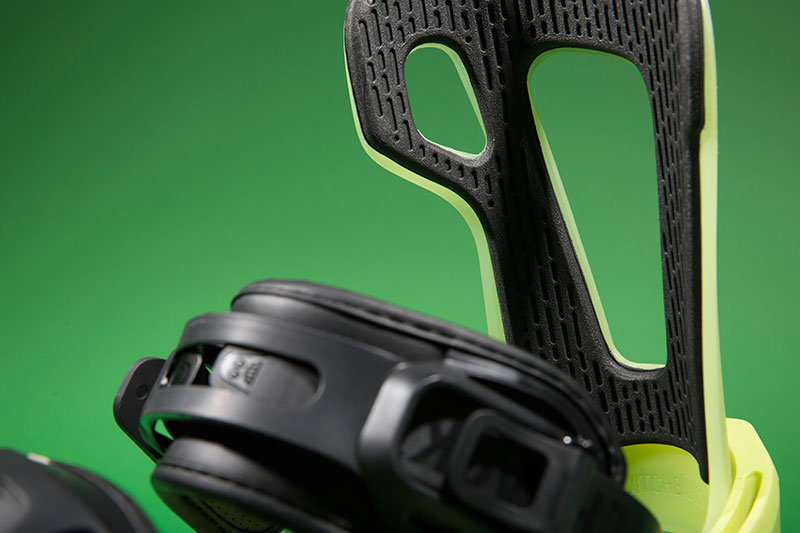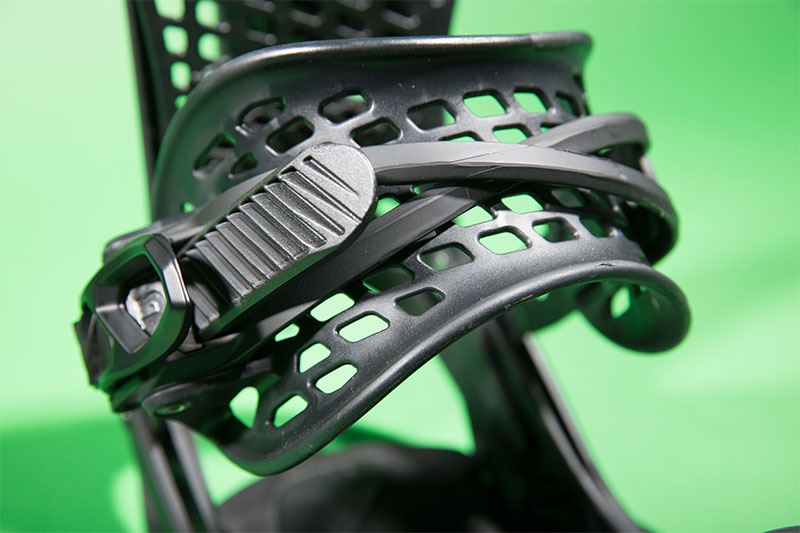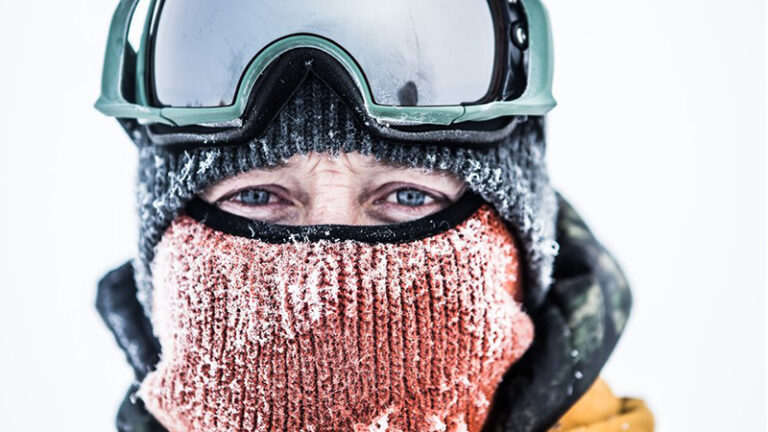
Highbacks
Visually, this is usually the first thing you notice about a binder. Most conform to a fairly standard size, although no two brands make them the same way.
Highbacks allow you to tilt to the board when making a heel edge turn, providing leverage when you lean the back of your boot against them. How they react depends on their size, shape, weight and flexibility; a stiff-as-hell highback will respond the quickest, and so will suit confident chargers, while a softer one is better suited for all-round riding. Meanwhile a taller one provides more support and stability than a shorter one, but will usually carry more weight as a result.
Some are ‘winged’ at the side, wrapping slightly around the sides of your legs. This gives you some surface area to press against while shifting your weight to the nose or tail of the board, so holding a nosepress or 5-0 will be easier than ever.
Another thing to note is the forward lean system. Should you prefer to tilt your highbacks forward in order to ride more aggressively – in a halfpipe, for example – then be sure to get something that’ll allow you to do so with minimal fuss.





